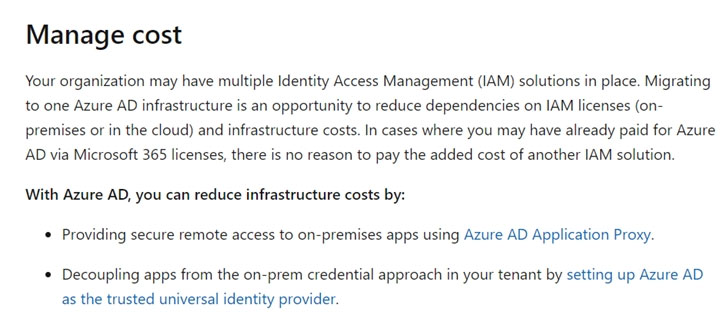An organization is implementing a new identity and access management architecture with the following objectives:
✑ Supporting MFA against on-premises infrastructure
✑ Improving the user experience by integrating with SaaS applications
✑ Applying risk-based policies based on location
✑ Performing just-in-time provisioning
Which of the following authentication protocols should the organization implement to support these requirements?
